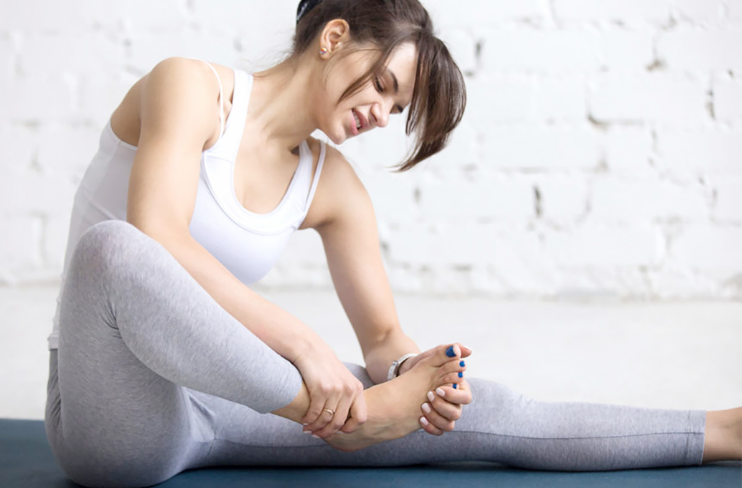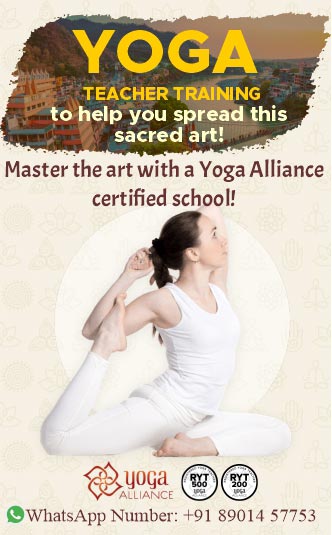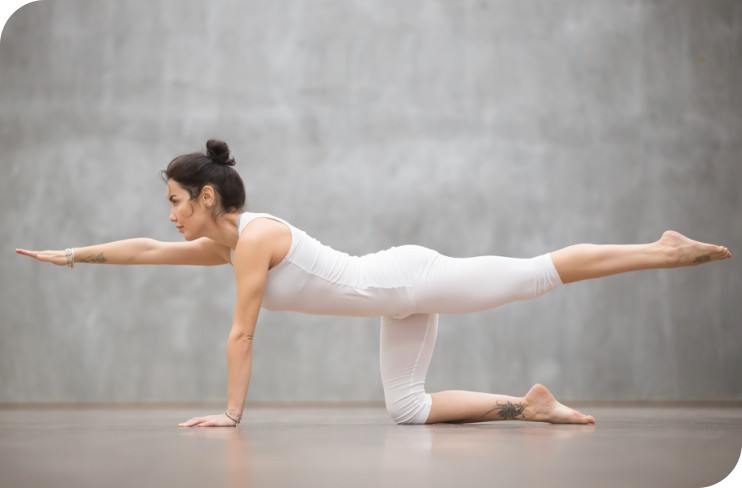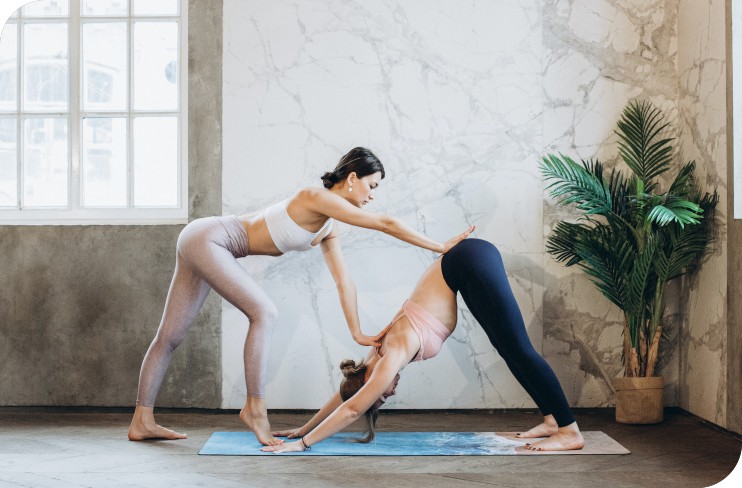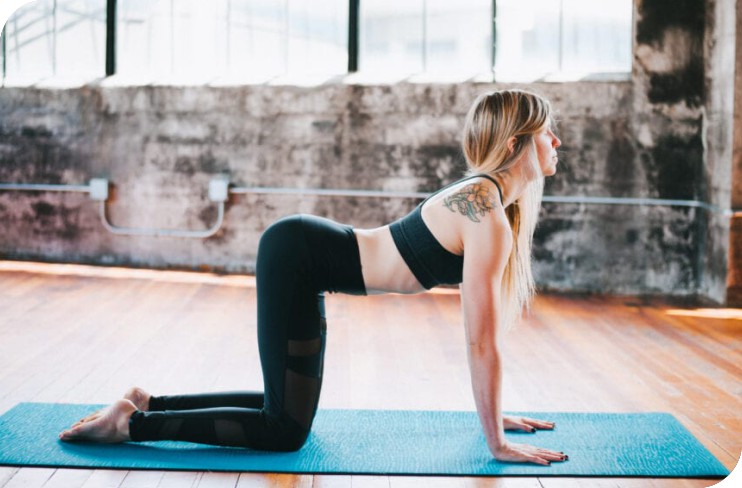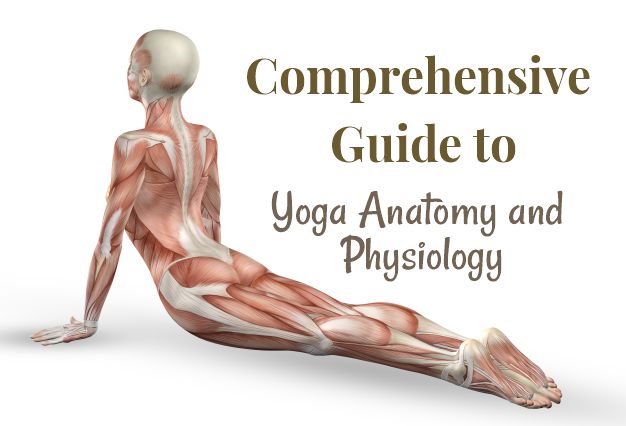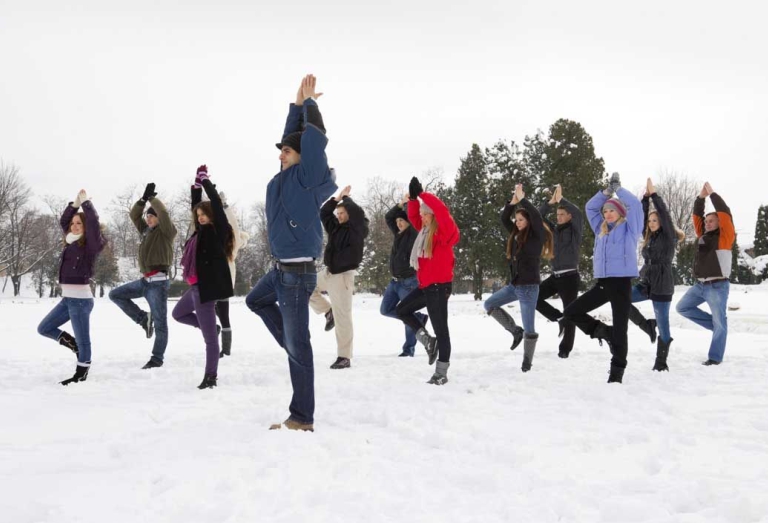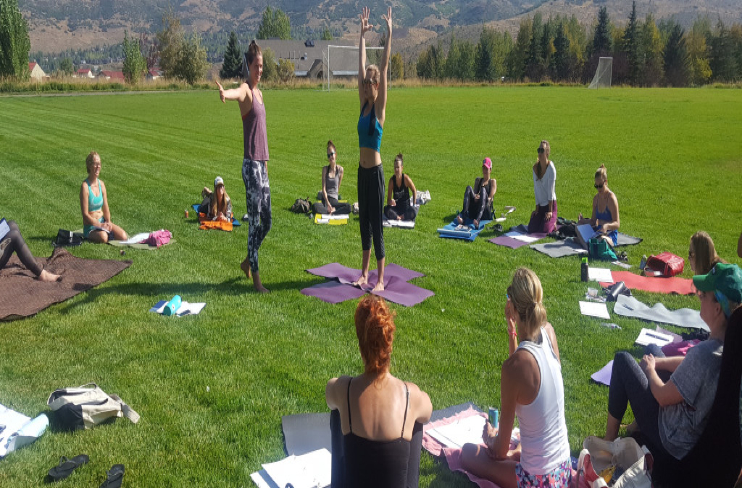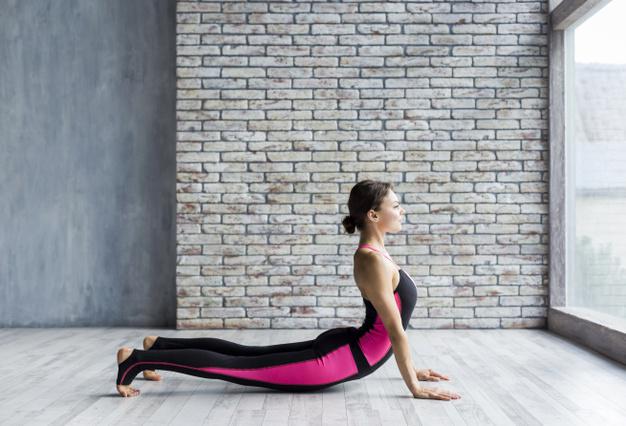Yoga Injuries and How to Avoid Them
Yoga is the best way to ensure peak mental and physical health. It helps you keep all muscles and joints in working condition even with age. Unfortunately, yoga injuries go unreported but that does not mean you should ignore serious injuries from yoga like sprains, fractures, and joint dislocation. A safe way to reap all benefits of a yoga pose is to practice each posture correctly without trying to force it.
Common Injuries That Happen During Yoga Practice
Injuries from yoga can happen anytime despite the exercise routine you follow. Common Yoga injuries often develop over years with the wrong stretching techniques and bodily misalignment. These injuries have long-term repercussions for your body and mind.
5 Most Common Yoga Injuries – Rotator Cuff Injury Yoga Poses to Avoid
1. Wrist Injury

When it concerns using wrists while practising a particular yoga pose it is all about leverage. Placing all of your body’s weight on the wrists with both your hands on the mat is the culprit behind the muscle and joint injuries.
2. Common Yoga Shoulder Injuries

Specific yoga poses like Urdhva Mukha Shvanasana or the Upward-Facing Dog where you raise the shoulders towards the ears, you often ignore the other muscle groups like shoulders, arms, or back.
Shrugging the shoulders can cause a serious muscle injury. It also increases the likelihood of dislocation of the shoulder girdle or rotator cuff due to overstretching.
Read More – With that said, let us find out how exactly yoga helps increase your height.
3. Lower Back Injury

A common point of injury during yoga practice is the lower back region. Yoga experts often tell you to get into the rounding position during the Uttanasana pose. The rounding causes the spine to flex in the opposite direction and that can lead to disc problems.
4. Hip Injury

It is a common mistake to overextend your range of motion with the hips when doing Splits (Hanumanasana) or other yoga asanas. It causes the tearing of muscles of the inner groin or thighs.
5. Neck Injury

Putting too much pressure on the neck during Sirasana (Headstands) or Sarvangasana (Shoulder Stands) often causes undue stress on the cerebral vertebrae. It also leads to a loss of flexibility in the neck.
6. Elbow Injury

Practising Chaturanga Dandasana (Low Plank Pose) requires you to bend your elbows out and towards the sides. Bringing the elbows outwards and lowering them down only causes additional stress on the joints, not to forget also put more pressure on your wrists.
7. Ribs Injury

Twists are the best yoga exercise for releasing tension in the entire body. If you overextend the intercostal muscles (the muscles between the ribs), then it increases the likelihood of you injuring the ribs during the practice.
8. Hamstrings Injury

If you spend the majority of your time sitting on a desk or inside the classroom, then practising yoga poses such as the Forward Bend only makes your body vulnerable to a hamstring injury.
9. Knee Injury

Flexibility is an important aspect of every yoga pose. Sitting in the cross-legged position for extended periods of time damages the knee. If the hips are tight during a particular yoga pose then your knees are the first to feel the tension.
Yoga injuries are a result of bodily misalignment or practising a yoga pose by following the wrong technique. You can stay safe from these injuries by taking preventive measures before or while practising a yoga pose.
Read More – Essentials to Attend Jivamukti Yoga School
Preventive Measures to Deal with Yoga Injuries
Every type of exercise carries a specific risk of injury. If done improperly, yoga poses also carry some risks that make it difficult for you to continue its practice in the long run. You can still come back from the injury or prevent it in the first place.
1. For Wrist Injury
During a yoga pose where you put the weight of your entire body on both your hands, you can distribute the body weight equally through both your hands. Spread both your hands wide and press through your fingers on the yoga mat.
For example, when you practice the Downward Facing Dog, you can push your hips back to minimize the angle of your wrists to the floor.
2. For Shoulder Injury
You can minimize the risk of shoulder injury by not pulling hard on the shoulders while practising a specific yoga pose. Just remember to pull the shoulders a little backward and below the ears.
3. For Lower back Injury
Yoga poses as the Forward Fold and Downward Facing Dog require you to keep both your knees straight. Try bending both your knees as many times as straightening them can put undue pressure on the hamstrings.
For example, when you practice the Forward Fold, then including a blanket or yoga block to take the pressure off the back.
4. For the Hips
To avoid injuring your hips while practising a specific yoga pose, keep your toes pointed forward. It prevents an injury to the hips especially when they are squared off in the same direction during that particular asana.
5. For Neck Injury
It is quite tempting to try inversion yoga poses. You should develop core and shoulder strength before trying these poses. If you suffer from chronic neck and shoulder problems then it is best to avoid these poses in the first place.
Try inversion poses only under close supervision and use props to lift your neck off the floor. If you want to practice these without any yoga props, pull your shoulder blades down and backwards so they support your body.
6. For Elbow Injury
Some yoga poses as the Plank requires you to bend your elbows. You should not only bend your elbows but also keep them tucked alongside your ribs.
7. For Rib Injury
Try extending your spine upwards before practising any yoga twist pose. Do it while imagining that someone is pulling you upwards towards the ceiling from the crown of your head. Do not twist beyond the point of feeling the stretch.
8. Avoid Hamstring Injury During Yoga
Yoga poses such as Warrior Pose or Crescent Lunges help you stretch the hamstring muscles. Just go a bit slow and practice at your own pace.
However, if you already have a hamstring injury then do not practice any yoga pose that requires using the hamstrings.
9. For Knee Injury
Knee Pain is a result of sitting for extended periods in the cross-legged or Padmasana position especially when your hips are not flexible. Keeping a blanket or block under the knees while sitting in this position reduces the strain.
If you practice the Low Lunges yoga pose then placing a blanket under the knees helps avoid the risk of a knee injury.
Yoga injuries are a result of not using the right alignment during practice. It does not mean you cannot prevent these injuries before starting the yoga practice. Remember that proper alignment is key to mastering any yoga pose.
Tips to Prevent Injuries Before and During Yoga Practice
You should know that practising yoga postures using the wrong technique or preparation often results in a serious injury. That does not mean you cannot prepare to avert such a situation.
1. Look for a Qualified Teacher
Previously, yoga teachers learned this sacred art under the tutelage of a guru. You too need to search for a yoga teacher with Yoga Alliance certification. It ensures the teacher knows everything about yoga right from beginner-level knowledge to advanced knowledge.
2. Proper Warm-Up
Warming up is essential before you start any type of physical activity and Yoga is no exception. You can practice basic yoga stretches like neck rolls, shoulder rolls, or twists to prepare your body before practising complex yoga poses. Yoga experts recommend you take a few deep breaths or follow a ritual such as chanting a mantra.
3. Exit Slowly
If you practice yoga poses like the Pigeon or Frog Pose, then remember you need to come out from the asana at the same pace as when you started it. It keeps your muscles and joints relaxed along with minimizing the risk of injury.
4. Never Lock the Joints
During yoga practice, if you hyper-extend your body then it places unnecessary pressure on the joints thereby increasing the risk of injury. Focus more on engaging the muscles around the joints to have more stability during the practice. For example, when you practice the Tree Pose then bend the straight leg a little.
5. Don’t Forget Savasana
Savasana is good for slowing down your nervous system and close the yoga practice. Do not make the mistake of underestimating the importance of Savasana after a yoga session.
6. Never Compete
The practice of yoga is more about knowing your true self rather than focusing on others. Many injuries from yoga occur when you try to do a complex pose that another student is doing. You need to stop competing with others and focus more on how you perform a specific asana.
7. Don’t Forget to Communicate
Before starting a yoga class, share any pre-existing medical conditions you have with the teacher. For example, be clear if you have slip disc, joint and muscle issues, or any fractures.
If you are having an issue with using a yoga prop then make sure to communicate the same with the teacher to get support.
Read more: Why You Should Join Yoga Teacher Training in Rishikesh?
FAQs
Ques 1) Can you get injured from yoga?
Ans) Yes! You can get injured if you won’t practise yoga in a proper form. Further, if you push your body or practice a complex yoga pose for which your body is not ready, you can get injured. Moreover, pushing your body too far too soon might lead to an injury.
Ques 2) What are some injuries in yoga?
Ans) Some of the most common injuries from yoga can occur in various joints. For instance, pain in the neck, wrists, elbows, hip joints, shin pain, feet, knees, or fingers. Other types of injury could be inflexible hamstrings, spine, shoulders, or knees. Hence, stiffness or an incomplete range of motion could lead to an injury.
Ques 3) Is it OK to do yoga with sore muscles?
Ans) Muscle soreness could be because of activating a different set of muscle fibres. Moreover, a lack of proper rest can lead to muscle soreness. However, it is completely normal to practice yoga or any other exercise while experiencing muscle soreness. Thus, it is OK to do yoga with sore muscles.

